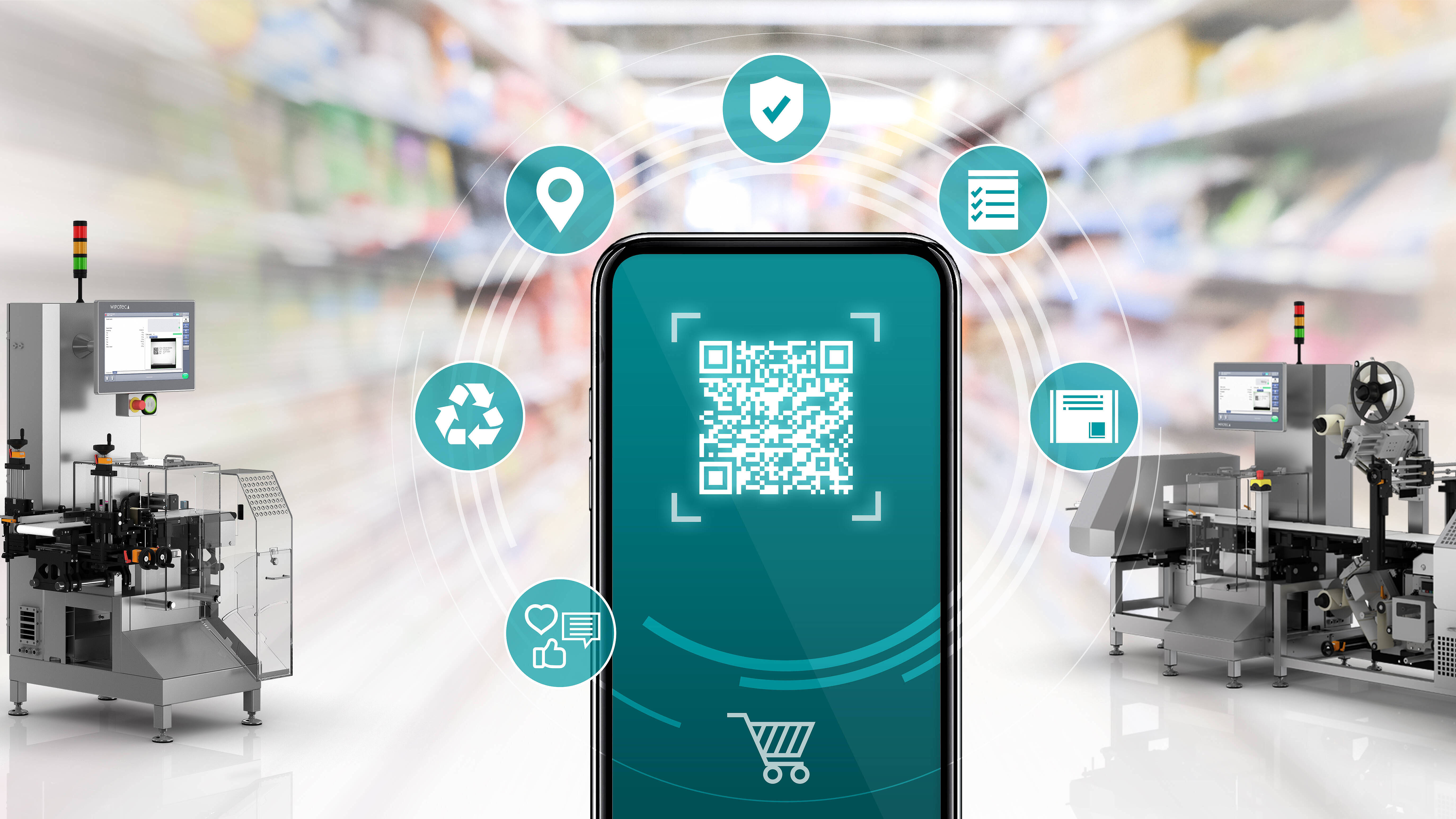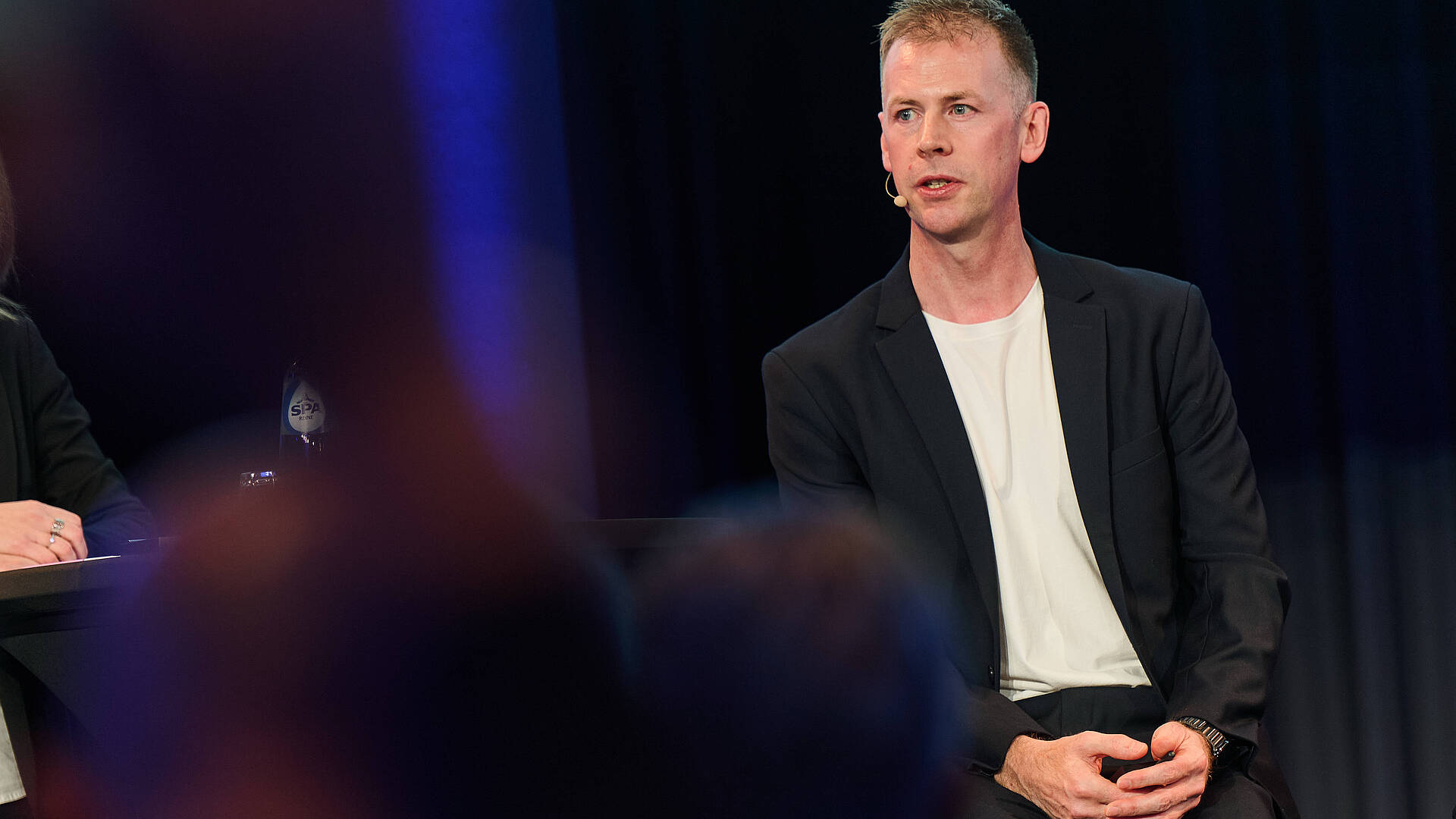
We reported about the transition to 2D codes earlier. What has been happening in the meantime?
"The year 2027 as the target date for the migration is constantly moving closer. And this has been very clear. Over the past year, we have taken significant steps forward. Not so long ago, our customers and partners, as well as visitors to trade shows and events, were still very hesitant when we broached the subject. For most of them, it was simply a completely new area. Many were skeptical as to whether it would even happen. But now, our discussions have taken a very different turn. Now we are talking about specific projects and solutions.
A milestone for me was the publication of the Global Industry Endorsement Statement by GS1. In this document, the retailer sector and the consumer goods industry have jointly committed to introducing QR codes as per GS1 standards. The list of signatories includes the biggest names from both industries: Carrefour, Dr. Oetker, Lidl, L’Oreal, Metro, Nestlé, Procter & Gamble and many more.
These companies have recognized the advantages for themselves and are already working on implementation. What is more, the topic has become much more varied for us. It is not just about marking of products for the checkout or for consumers’ smartphones. We mark reusable bottles with QR codes according to the GS1 Digital Link Standard in order to be able to digitally map their cycle. There are also always new specifications for codes on cartons and shipping labels that manufacturers can comply with using our solutions. The possibilities for using our systems are seemingly endless, which is why we are constantly looking at new applications and packaging types."
How can companies efficiently convert their existing production lines to 2D codes?
"Everyone wishes to make as few changes to their processes as possible. That is completely understandable and also makes perfect sense from a production point of view. We also see again parallels here to the developments when serialization was introduced in the pharmaceutical industry a few years ago. Many have also chosen the path of least resistance for the time being, only to constantly encounter new obstacles during implementation. Specifically, it is about printing, labeling and camera technologies. In most cases, the technical requirements are simply not yet met. Investment is needed. We are constantly talking to customers who wish to expand these components themselves in lines. Some use independent devices from different manufacturers for this purpose, while others use at least superficially networked elements.
However, our approach is to combine all the required modules under a single central control system, including transportation, rejection, weighing and many other options. The added value of this deep integration is already clearly noticeable during commissioning and every day in practice. Our systems make production significantly easier thanks to their simple operation, user-friendliness and fast changeover. We also ensure interoperability with existing software systems through standardized interfaces. This not only makes it easy to automate processes, but also to transfer batch data securely for future coding. The current situation is the perfect opportunity for manufacturing and packaging companies to take the next step towards automation.
Those responsible for technical operations usually recognize this quickly, but they often do not have the key figures available to demonstrate this actual added value and to argue for it internally. That is why we are doing everything we can to be involved in this migration from an early stage and to educate people. My team and I are constantly working on these solutions across the globe."
What Challenges does this Development Present for Wiptoec?
“We have made considerable efforts to expand our knowledge internally. It is important that our teams on the ground are able to support their customers in these areas across the board. There were also some initial reservations. This was particularly so among experienced colleagues who always have the best interests of their long-standing business partners at heart. Our customer service representatives are committed to providing reliable and practical information. Under no circumstances would we wish to abuse the trust placed in us just to make a sale. Consequently, such trends are then also scrutinized critically. This is precisely the challenge we have set ourselves. Exchanging experience and dealing openly with criticisms have ultimately not only ensured acceptance, but also enthusiasm for the new opportunities that we can offer our customers. And what is even more important: we have created the basis for an exchange of ideas, the insights of which are incorporated directly in our product development. We always focus on our customers’ needs.”

Volker Ditscher, Director Global Sales Track & Trace
Subscribe to our Blog
Sign up for our Blog Newsletter and be notified only if new articles are published.